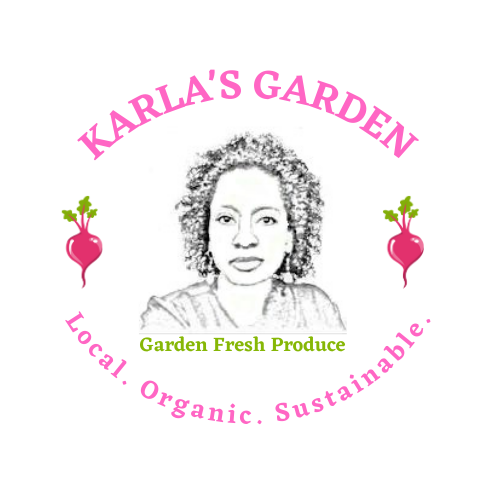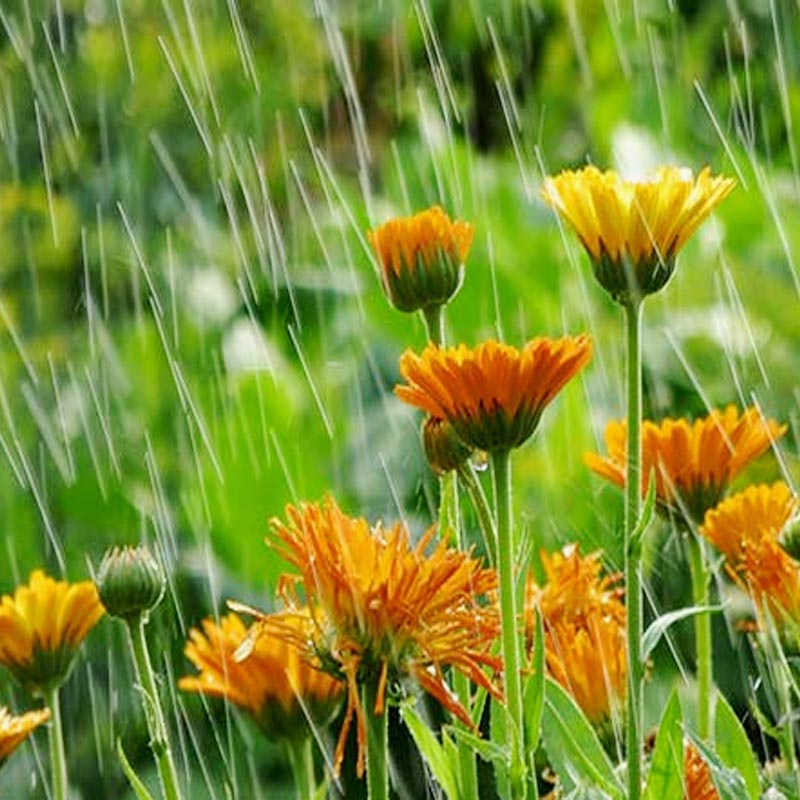Cooler temperatures may mean less time watering your garden, but winter crops like leafy greens can still use up gallons of water. Saving water in the garden is just as important in the fall and winter months as it is in summer. Being mindful of your water usage is important for two reasons. First to keep your cost low and second to preserve water whenever and wherever you can is good for the environment.
Mulching, collecting rainwater, and planting drought-resistant plants can help shrink your water usage.
Here are six ways to minimize your use of water in the garden.
1. Keep your soil healthy
• Adding organic matter to the soil improves its structure, which helps it to retain moisture.
• Mulching beds, and around the base of shrubs and trees, prevents moisture from evaporating during dry spells.
• Mulching the surface of hanging baskets and potted plants traps moisture and protects the roots from cold temperatures.
2. Don’t Over Water
Many of us over-water our gardens. To prevent this, I place my finger into the soil up to my knuckle. If it’s damp I don’t water for a day or two. I have clay soil, which can feel damp on top so, other than the finger test I keep my eye on the plants for any sign of stress.
3. Knowing Your Soil
Clay-based soils can be watered less frequently but should be watered heavily when needed to encourage the plant roots to grow deeper. The lighter the soil, the more frequent you should water, but useless.
4. Choose Your Plants With Water In Mind
Some plants need less water than others to grow; Peas, Turnips, and Fava beans, to name a few. Sweet corn and Lettuce have shallow roots and require more water.
5. Use the best watering techniques for your plants
• Sprinklers are great for soaking the ground, but you can’t target specific sections of your garden with them, which can lead to using more water than needed. I do use sprinkles on the larger part of my garden as it covers those plants perfectly.
• Hoses and watering can take more time but are precise, and so they limit the amount of water wasted. These work well for smaller patches and potted plants.
• Seep hoses allow water to seep out of holes in the hose, but are best used on heavy soil as water spreads further sideways, covering more than it would on lighter soils. I don’t bury these hoses as some do because I find the holes clog overtime. This may be due to my soil type (clay).
• Automated irrigation systems while expensive allow water to drip or trickle into growing areas whenever you program them to do so. However, this option is not cost-effective for everyone.
6. Collecting rainwater is easy and budget-friendly. I use a barrel with a screen covering the top to catch water and keep bugs from getting in it. This is a simple way to collect free water that we all could use in our gardens.
Water is the lifeline of any garden, I’m sure if you gave it a little thought, you could come up with more ways to save.

